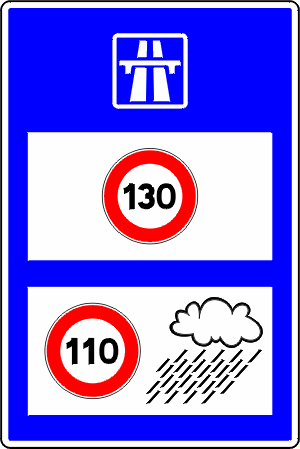It needs to be rebuilt all the way to Gravenhurst and the entirety of the highway renamed to highway 411, it is way too unsafe currently. Doesn't need to be 6 laned the entire way, but 35-55,000 cars every day is way too much for a RIRO highway, and when they barrel past doing 110km/h there is simply no safe way to enter the highway in any other way other than an interchange with that level of traffic. the lack of proper shoulders seriously steps up the danger factor as well. Heck, the Highway 35 RIRO needs to be replaced as well, I just get uneasy with those types of highways unless they handle under 15,000 cars daily. But alas, this is one of 6 or 7 projects that the MTO very badly needs to address, and only so much can be done. (others including adding a lane to the 404 over the 401, the 417 extension, the 400 widening, and the highway 7 twinning between Waterloo and Guelph)





